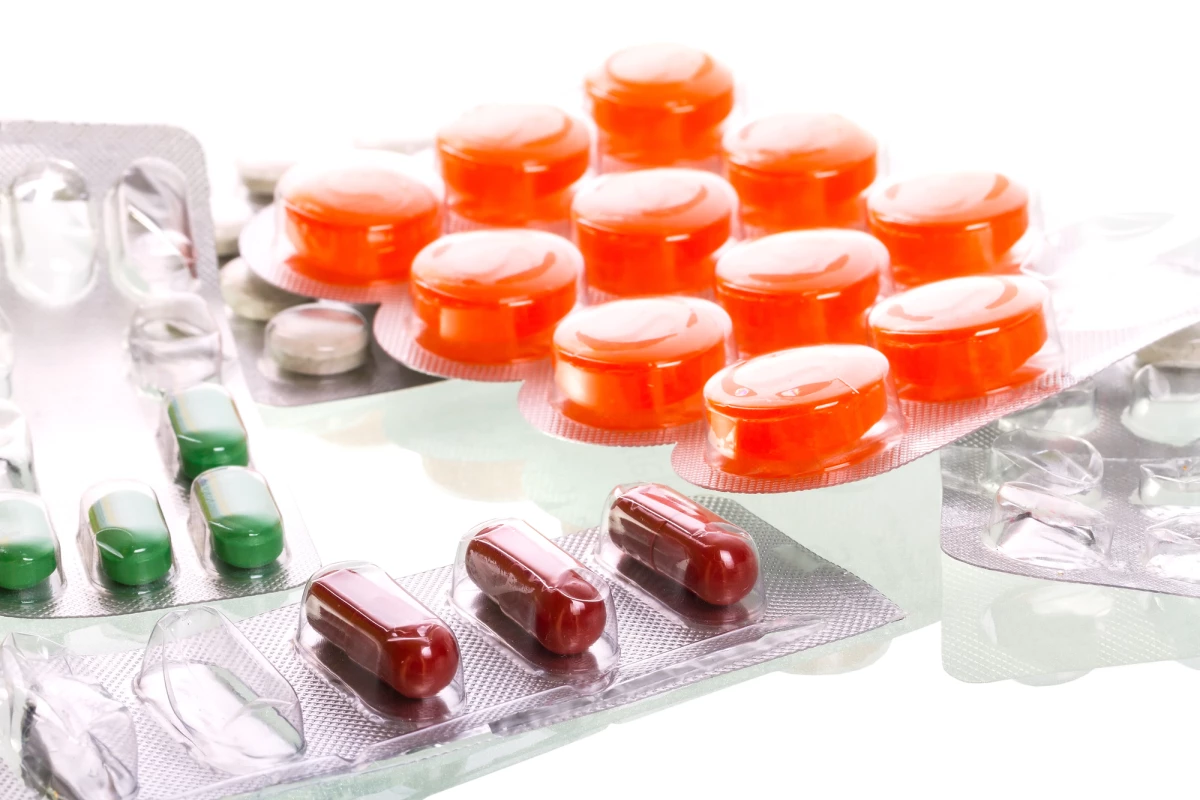New research has systematically screened thousands of "filler" ingredients previously thought to be inert that are added to common drugs. The findings reveal several dozen of these compounds may actually be biologically active and cause unintended physiological effects.
Most pharmaceutical drugs contain a number of other ingredients serving various purposes, from simply bulking up the tiny active molecule so it can be turned into a pill, to different binders or coatings that can enhance therapeutic potential. These extra compounds added to a medication are called excipients, and they are generally considered to be inert, biologically inactive compounds, based on prior animal toxicity studies.
The genesis of the new research came in 2017 when a team of scientists realized most currently used excipients have only been designated as inactive based on animal studies or historical precedents. So, while these pharmaceutical additives may not generate acute physiological effects, there is no data on their specific molecular interactions or long-term effects.
To rectify this gap in the knowledge, the researchers systematically screened more than 3,000 excipients. The first step was a large computational evaluation of the excipient molecules’ potential for interacting with human proteins. This allowed the researchers to identify those excipients with the highest likelihood of interacting with human proteins and then subsequently experimentally test those molecules in laboratory conditions.
The results homed in on 38 excipient molecules that showed interactions with 134 human enzymes or receptors. Joshua Pottel, lead author on the new study, says the potency of some of these excipients was unexpected and hypothetically could account for the variety of physiological responses seen in different patients taking the same medication.
"Our study was meant to expand on anecdotal evidence that excipients may be the culprits of unexpected physiological effects seen in certain drug formulations," says Pottel. "It was not so surprising to find new properties of understudied compounds that have been grandfathered in as 'inactive' for decades, but it was surprising to see how potent some of these molecules are, especially considering the fairly high quantities sometimes used in typical drug formulations."
Importantly, the research makes no claim as to the ultimate effect of these excipients on human health. Further studies will be needed to understand whether these flagged molecular interactions do result in negative physiological effects in humans. But, the researchers do suggest, in many instances, these biologically active excipients could be easily replaced with inactive equivalents.
"These data illustrate that while many excipient molecules are in fact inert, a good number may have previously unappreciated effects on human proteins known to play an important role in health and disease," says Brian Shoichet, another author on the study. "We demonstrate an approach by which drug makers could in the future evaluate the excipients used in their formulations, and replace biologically active compounds with equivalent molecules that are truly inactive."
The new study was published in the journal Science.
Source: UCSF




